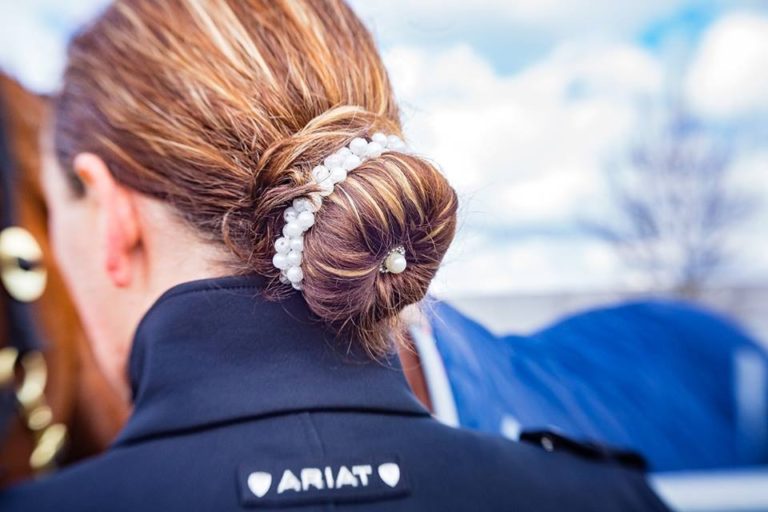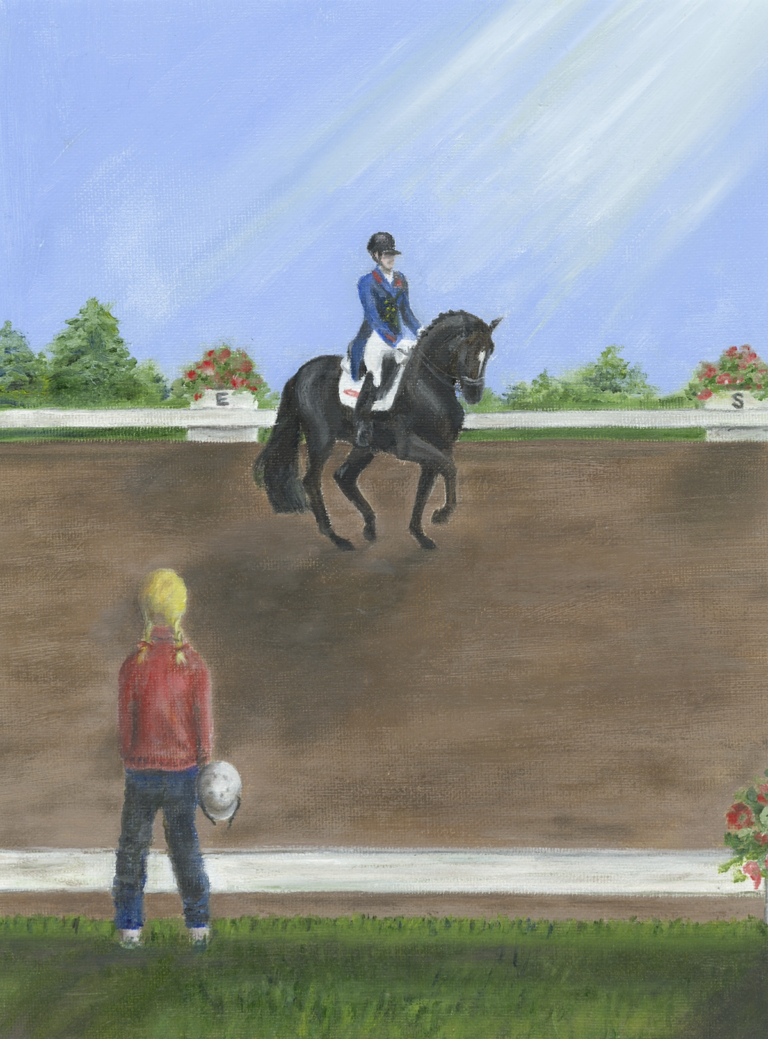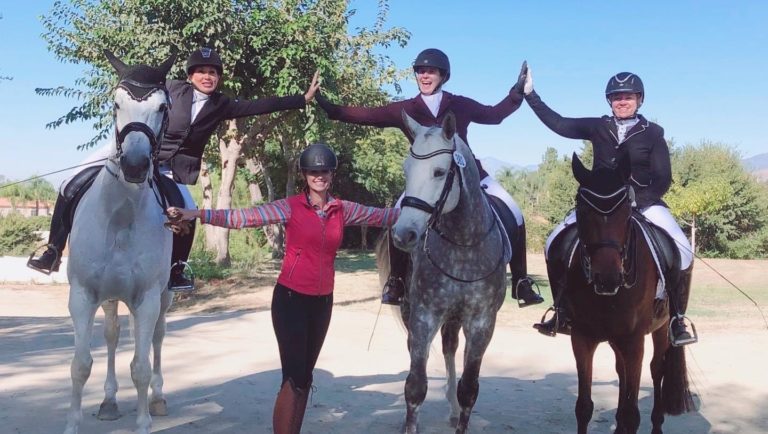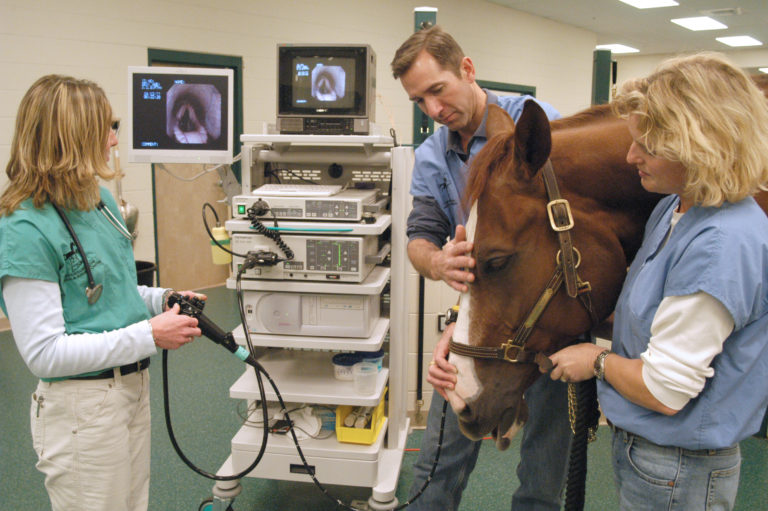Heather Sansom is the author of rider fitness ebooks Complete Core Workout for Rider, and a regular columnist in several equestrian publications including Dressage Today.?EquiFITT.com offers rider fitness clinics & workshops, Centered Riding? instruction, and convenient distance eCoaching for riders anywhere.? Subscribe to receive free monthly Equestrian Fittips, and download rider fitness eBooks at:??www.equifitt.com/resources.html
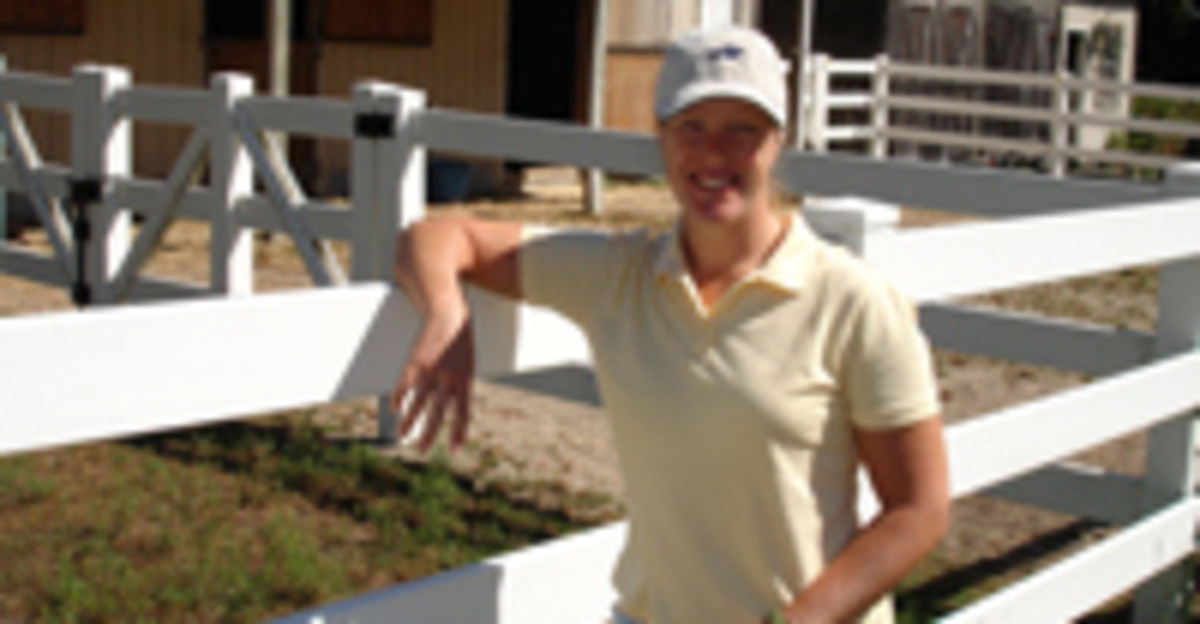
We spend a lot of time thinking about how to get our horses “through”–relaxed, over their backs, working from the hind end, soft in the contact, steady in the rhythm, supple and ready to go in any direction. There is much more that can be said about the term. But, I want to focus on the rider fitness perspective, and there are some elements that you can control in your own body to facilitate softness and engagement in your horse’s back.
You are one of the biggest factors in whether or not your horse can go with balance and relaxation. Our goal in dressage is to interfere with the horse the least, while doing the most we can to facilitate correct movements and way of going.
In other words, we want to be relaxed but not “zoned out” or asleep, ready but not tense. Let’s call this neutral-yet-ready state, responsive relaxation.
Analysis
Often, in clinics, I see riders with stiffness created by over-thinking, trying too hard to hold a particular position or having involuntary muscle contraction when aids are applied. I also see the opposite end of the spectrum: looseness, floppiness or even slouching and wobbling in the middle. Some key factors affecting your ability to achieve responsive relaxation include:
Physical tension. It can be very helpful to unblock physical tension in your body before riding. Riding another horse, sitting in your office and engaging in other daily activities all can cause different tightness issues in muscles depending on patterns of stimulation or lack of use. Tightness and knots create pull across your body and joints at the ligament ends of the muscles. The result is a negative effect on your posture.
Holding correct posture against un-addressed tightness requires you to engage your muscles with an opposing degree of force. For riders, force means tension. So, I encourage all riders to do a stretching routine before riding to unblock tight muscles and ligaments in order to start with straight posture without having to apply force to do so. With soft muscles, you are also much more likely to feel your horse’s muscles under you.
Mental tension. It’s almost impossible to relax your body when you have any degree of mental tension. When you are mentally tense, you transmit “run like the wind” to your horse through your seat and legs, because you have been wired to tighten those muscles and sprint out of danger (“flight”) or in to defend (“fight”) when enough adrenaline is physically present in your body.
Sports psychologists work with athletes to develop pre-performance rituals that help them use natural physiological and psychological responses to the stress of competition to focus constructively. Exercises, such as visualization and association of particular activities with relaxation, help in the process. Deep breathing will help change your physiological response and create relaxation you need to get that more neutral seat with a responsive but relaxed body.
Of course, lack of tension is only one side of the equation. You also need good tone for self-carriage, since floppiness produces ineffective and sloppy aids. I can’t count how often I see a rider frustrated that his or her horse will not listen to an applied leg, when it is the rider’s seat that is telling the horse to move in the opposite direction or to do something other than what the rider is conscious of trying to communicate.
Tone and endurance. Muscular strength and endurance are a very important part of your ability to carry and use your body for the duration of your ride. Cardiovascular conditioning factors in, because it controls the distribution of oxygen to your muscles and brain and therefore your endurance and precision.
Muscle firing patterns and independence. It’s important to remain neutral in the saddle, regardless of what another part of your body may be doing. An example is being able to turn your torso above your waist, without causing your seat bones to shift or legs to clamp.
It takes hundreds to thousands of repetitions of a new pattern to break and replace a habitual muscle firing pattern (such as, engaging legs and hip when asked to turn shoulders). That’s one reason it’s easier to learn a sport as a child than as an adult, when your body has its own ideas of how to move through space.
Exercises
Repeating motions out of the saddle can accelerate your physical learning curve so that your automatic responses in the saddle are more accurate. Here are some exercises I have riders use. These exercises develop the ability to engage a muscle group while maintaining good posture along with balance and neutrality in the hips and seat.


Seated Ball Twist: Sit on an exercise ball with even weight distribution in both seat bones. Holding your arms out to the side of your body at shoulder height (making a “t”). Engage your lower abdominals to stabilize your hips. Use your obliques and back to turn your ribcage and shoulder girdle until your arms are almost perpendicular to your hips. Since the ball under you will roll slightly if you shift your seat bones, it is a very good “truth detector.” You can put your arms almost anywhere, but having them out to the side will tell you more readily where your shoulders truly are. (Many riders turn just their heads when they think they are turning their shoulders.) You may find that you can twist more easily in one direction than the other. Stretch the tighter side more, and do a few more repetitions on that side.
Standing Ball Twist: Perform this exercise similarly to the seated version, except your legs are holding the ball gently. Stand with the ball between your legs and your arms out to your sides. Engage your lower abdominals to stabilize your hips. Use your obliques and back to turn your ribcage and shoulder girdle until your arms are almost perpendicular to your hips. Your goal is to achieve a twist, without simultaneous squeezing of your inner thigh. The pressure of your inner thigh on the ball should not change as you do the twist.
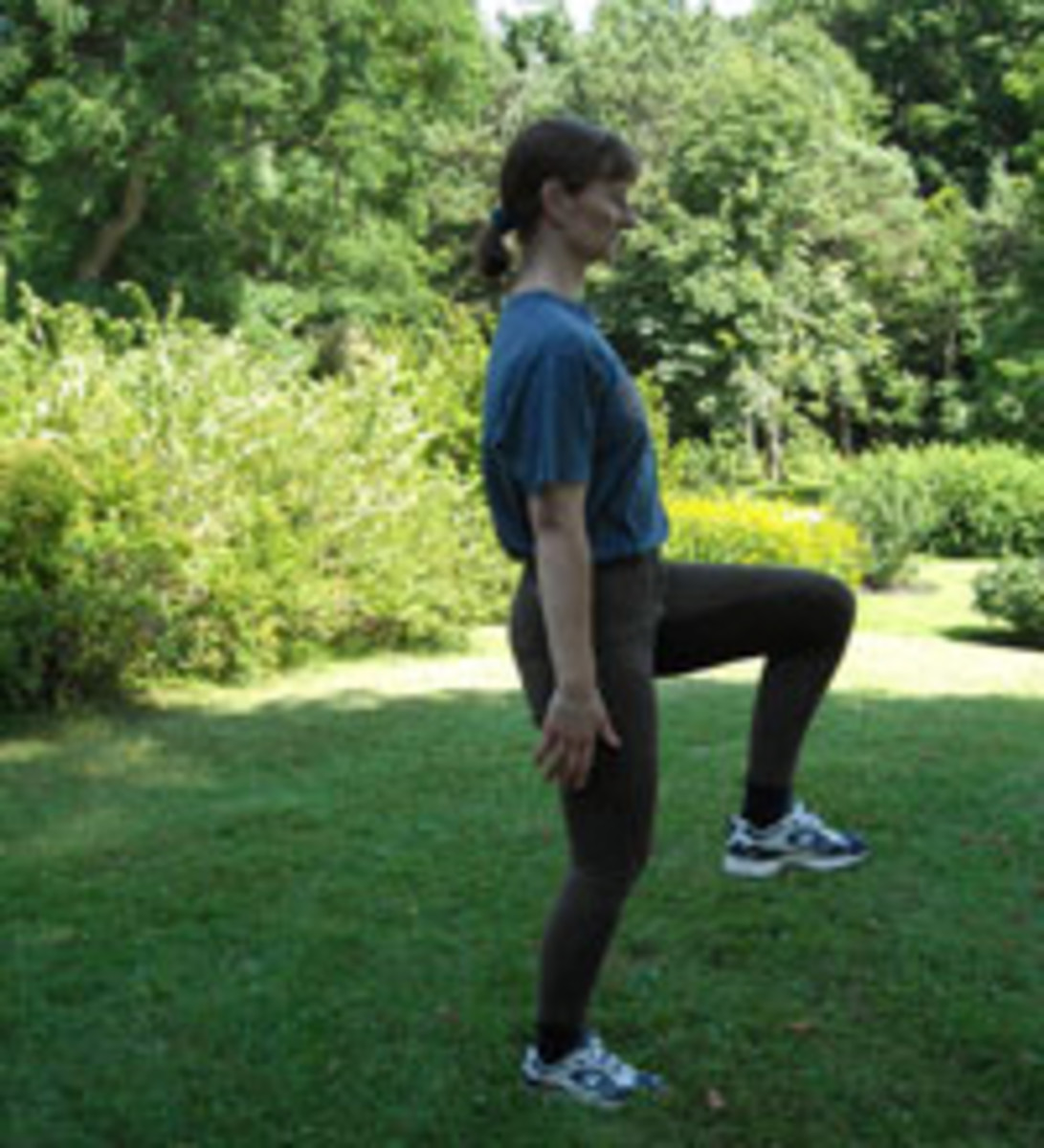
Single Leg Raise: Stand straight with a slight bend in your knees, tailbone tucked under and abdominals engaged to keep your spine straight and shoulders, pelvis and heels aligned. Your arms should be at your sides. Raise one leg and hold the position for 5 to 20 seconds. Any shift in your weight or fatiguing in your core will cause you to lose your balance.

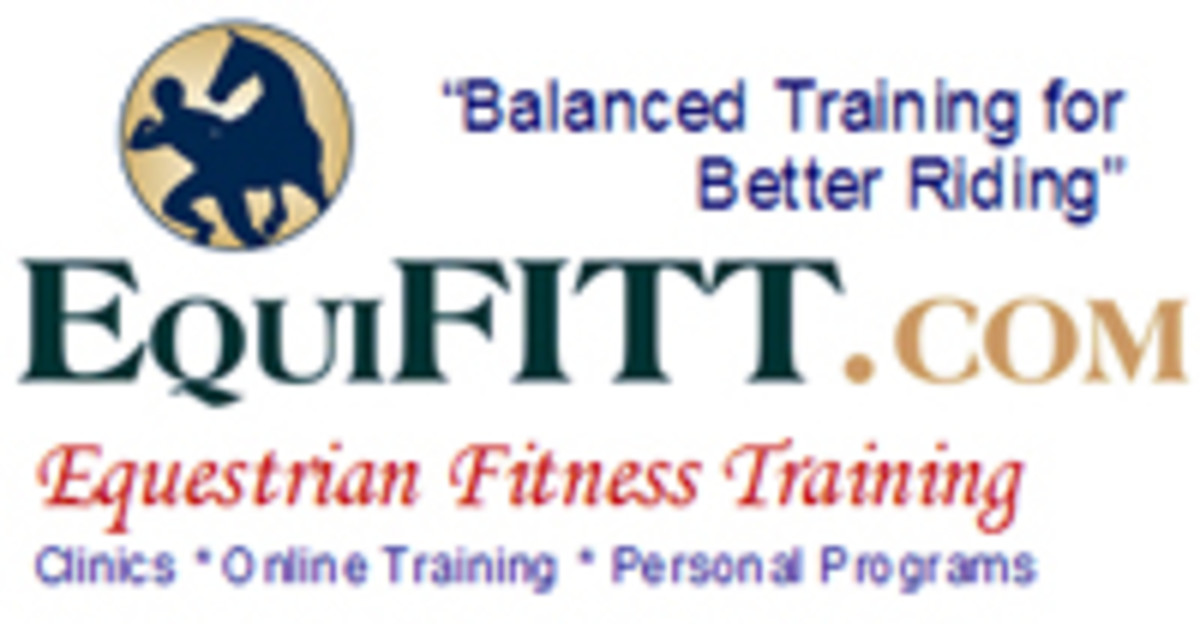
Heather Sansom owns Equifitt.com Equestrian Fitness, offering personalized coaching through clinics and convenient online coaching available anywhere. She also offers a free monthly fittips newsletter and new e-books, Complete Core Workout for Riders and Handy Stretching Guide for Riders, at Equifitt.com.



